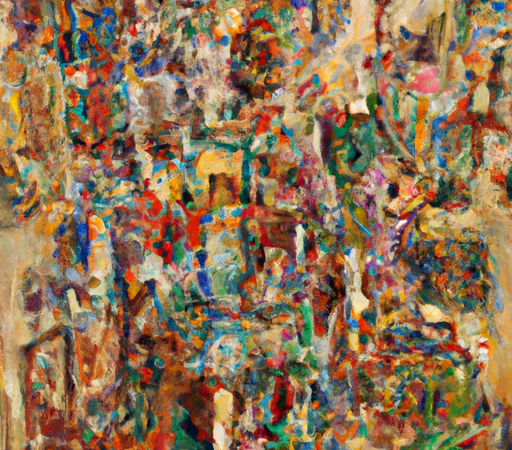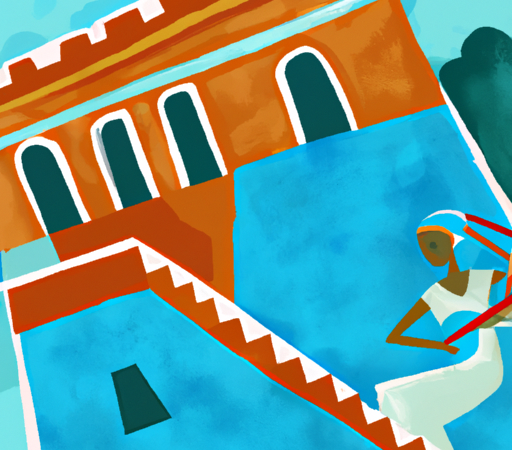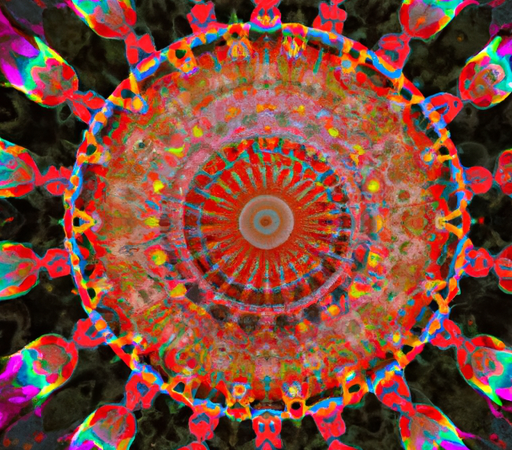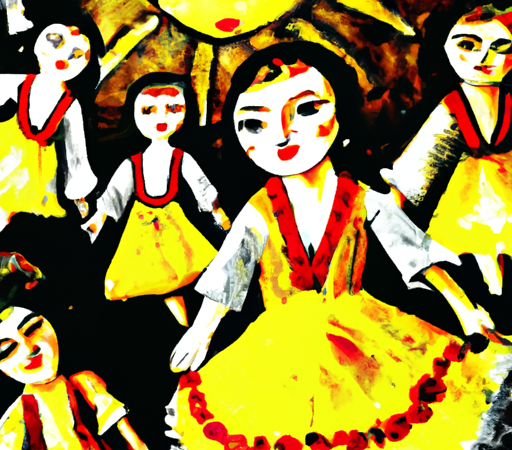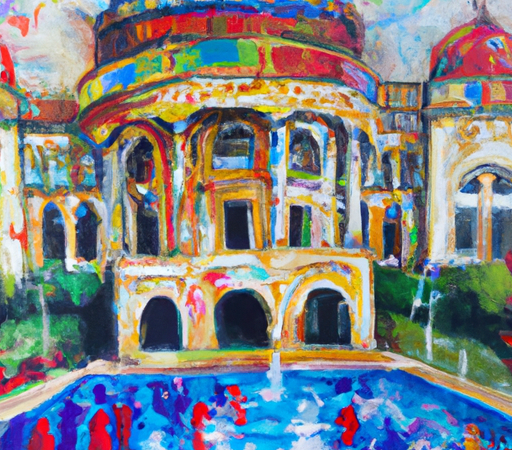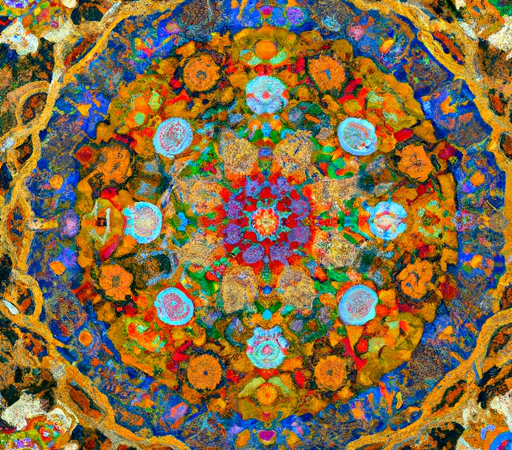From Renaissance to Modern Era: Tracing the Evolution of Art
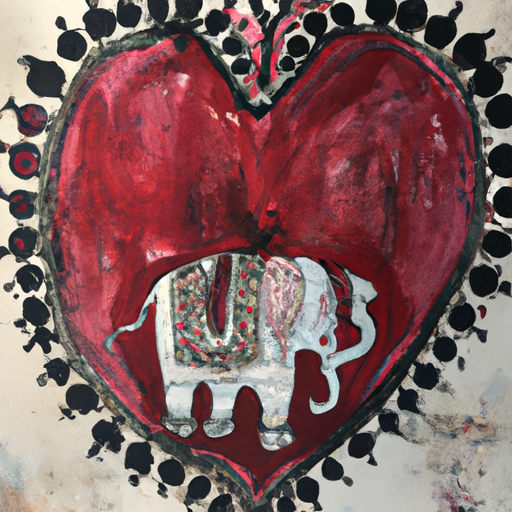
From Renaissance to Modern Era: Tracing the Evolution of Art
Art is a language that has been passed down through generations, expressing human emotion and creativity. Over the centuries, art has gone through various transformations, evolving along with the changing times and societal shifts. One significant period in the history of art that marked a dramatic change was the transition from the Renaissance to the Modern era.
The Renaissance, which took place in Europe between the 14th and 17th centuries, saw a revival of interest in the classical art of ancient Greece and Rome. This era celebrated the beauty of the human form and emphasized the importance of humanism. Artists like Leonardo da Vinci, Michelangelo, and Raphael birthed masterpieces that showcased their skill in representing human anatomy, perspective, and realistic details.
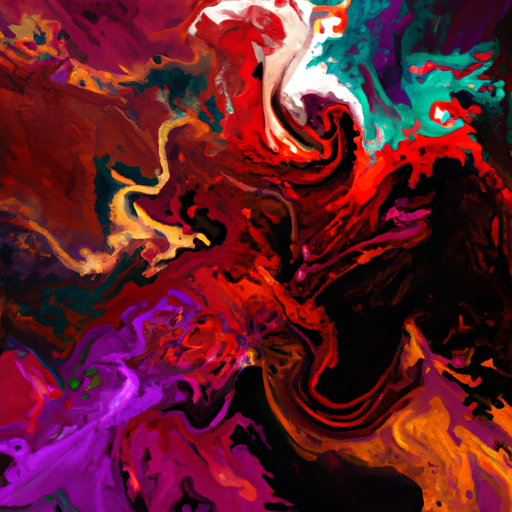
However, as the world entered the 18th century, a new wave of thinking and ideas began to emerge. This marked the beginning of the Modern era, which brought a significant departure from the traditional artistic conventions of the Renaissance. Artists now sought to explore and express emotions, subjective experiences, and the inner workings of the mind.
One of the most prominent movements that characterized the early Modern era was Romanticism. Artists of this era, such as Francisco Goya and Caspar David Friedrich, focused on strong emotions, individualism, and an appreciation of the sublime forces of nature. Their artwork often aimed to evoke deep feelings within the viewer, challenging the rationality and objectivity of the Renaissance period.
With the advent of the Industrial Revolution in the 19th century, art underwent yet another transformation. This period, known as Realism, emerged as a reaction against the Industrial Revolution's negative impact on society. Artists like Gustave Courbet sought to depict the harsh realities of life, shining a light on the working class and its struggles.
As the 19th century progressed, so did the art world, giving rise to numerous movements such as Impressionism, Post-Impressionism, and Cubism. These styles broke away from the traditional representation of reality and focused on exploring new techniques and ways of seeing the world. Artists like Claude Monet, Vincent van Gogh, and Pablo Picasso revolutionized the art scene, experimenting with color, brushstrokes, and non-representational forms.
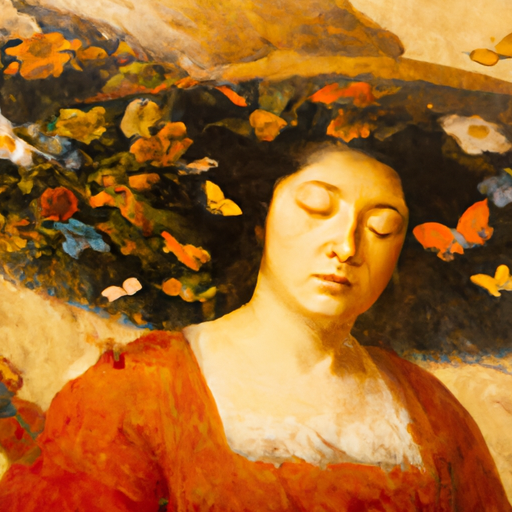
The early 20th century brought about even more innovation and experimentation, with movements like Futurism, Surrealism, and Abstract Expressionism. This era facilitated a complete departure from the traditional understanding of art, pushing boundaries, and challenging societal norms. Artists like Salvador Dalí, Jackson Pollock, and Piet Mondrian embraced the freedom to express their inner thoughts and emotions through abstract forms, symbolism, and dreamlike imagery.
The evolution of art from the Renaissance to the Modern era represents a gradual shift from the celebration of the external world to an exploration of the internal realm of emotions and ideas. While the Renaissance artists focused on capturing the beauty of the physical world, their Modern counterparts delved into the complexities of human existence, imagination, and the power of subjective experiences.
Art continues to evolve and transform with each passing era, reflecting the changes in society, technology, and cultural ideologies. Today, artists embrace a wide range of styles, techniques, and mediums, creating a diverse and dynamic art world that encapsulates the spirit of our time.
The Renaissance to Modern era journey serves as a testament to the transformative power of art. It reminds us that art is not a stagnant entity but a living and evolving testament to human creativity and expression. By tracing the evolution of art, we gain a deeper understanding of our past, present, and perhaps even glimpse into the art of the future.

